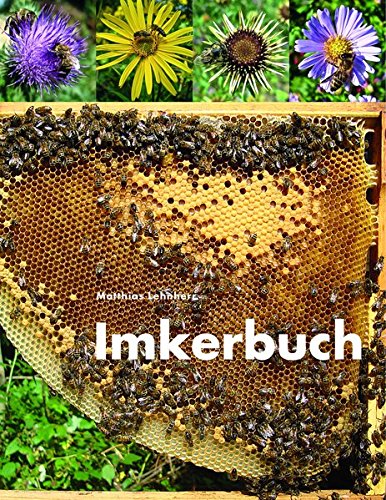Pinocembrin protects against beta-amyloid-induced toxicity
in neurons through inhibiting receptor for advanced glycation end products
(RAGE)-independent signaling pathways and regulating mitochondrion-mediated
apoptosis
Background
It is known that amyloid-beta peptide (Abeta) play a pivotal
role in the pathogenesis of Alzheimer's disease (AD). Interaction between Abeta
and the receptor for advanced glycation end products (RAGE) has been implicated
in neuronal degeneration associated with this disease. Pinocembrin, a flavonoid
abundant in propolis, has been reported to possess numerous biological
activities beneficial to health. Our previous studies have demonstrated that
pinocembrin have neuroprotective effects on ischemic and vascular dementia
animal models. It has been approved by the State Food and Drug Administration
of China for clinical use in stroke patients. Against this background, we
investigate the effects of pinocembrin on the cognitive function and neuronal protection
against Abeta-induced toxicity and explored its potential mechanism.
Methods
Mice received an intracerebroventricular fusion of
Abeta25-35. Pinocembrin was administrated orally of 20 mg/kg/day and 40
mg/kg/day for 8 days. The behavioral performance, cerebral cortex neuropil
ultrastructure, neuronal degeneration and RAGE expression were detected.
Further, a RAGE-overexpressing cell model and an AD cell model were applied for
investigating the mechanisms of pinocembrin. The mechanisms underlying the
efficacy of pinocembrin were conducted on target action, mitochondrial function
and potential signal transduction using fluorescence-based multiparametric
technologies on a high-content analysis platform.
Results
Our results showed that oral administration of pinocembrin
improved cognitive function, preserved ultrastructural neuropils and decreased
neurodegeneration of cerebral cortex in Abeta25-35-treated mice. Pinocembrin
did not provide sufficient effect on inhibiting Abeta1-42 production and
scavenging intracellular ROS. However, pinocembrin significantly inhibited the
upregulation of RAGE transcripts and protein expression both in vivo and in
vitro, and then, markedly depressed the activation of p38MAPK-MK2-HSP27 and
SAPK/JNK-c-Jun pathways and the downstream NF-kappaB inflammatory response
subsequent to Abeta-RAGE interaction. In addition, pinocembrin significantly
alleviated mitochondrial dysfunction through improving mitochondrial membrane
potential and inhibiting mitochondrial oxidative stress, and regulated
mitochondrion-mediated apoptosis by restoration of bcl-2 and cytochrome c and
inactivation of caspase-3 and caspase-9.
Conclusions
Pinocembrin showed cognitive improvement and neuronal
protection in AD models. The mechanisms of the compound were illustrated on
RAGE-dependent transduction inhibition and mitochondrion protection. It appears
to be a promising candidate for the prevention and therapy of AD.
 Lehnherr, Mathias (8. Aufl. 2017) [1992]: Imkerbuch
Lehnherr, Mathias (8. Aufl. 2017) [1992]: Imkerbuch



